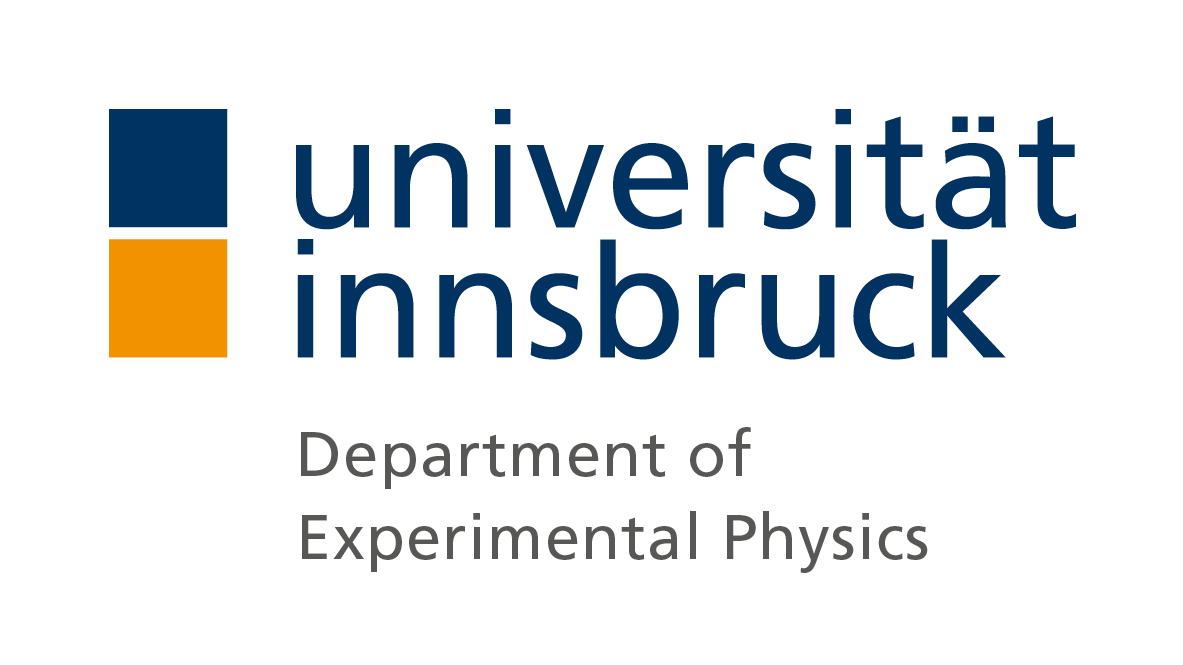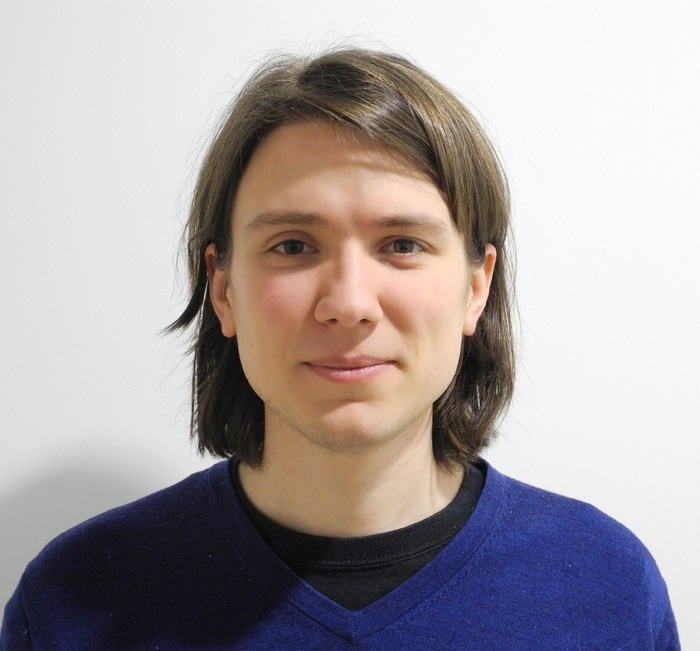
- Details
Lukas did his master's thesis in Jonathan Home’s trapped ion group at the ETH in Zurich. During his thesis, he worked on spectral filtering and laser diode injection for multi-qubit trapped ion gates.
In Innsbruck, Lukas has joined the SQIP project, which aims at implementing a scalable trapped ion quantum computing architecture.
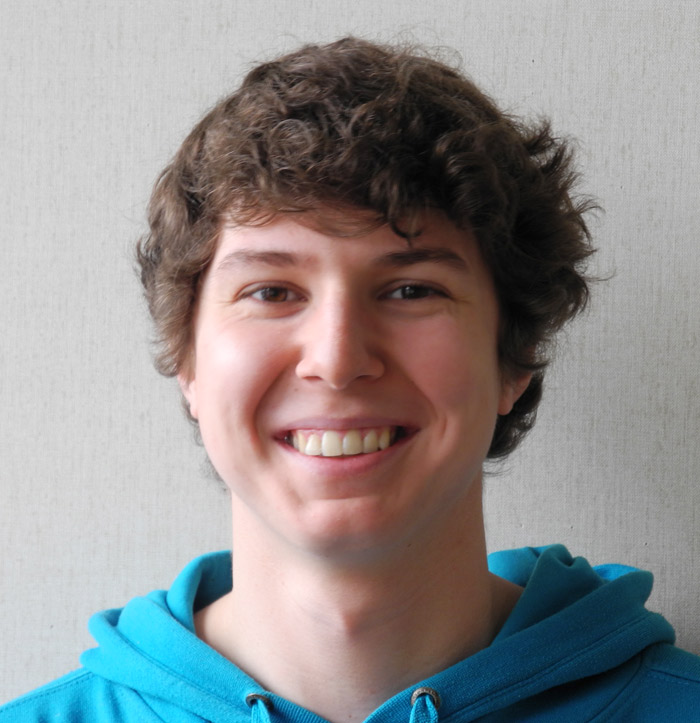
- Details
Markus has studied physics in Innsbruck and has now started his master's thesis in our group. He will work on the implementation of a new setup for single-ion addressing in the Cavity QED project.
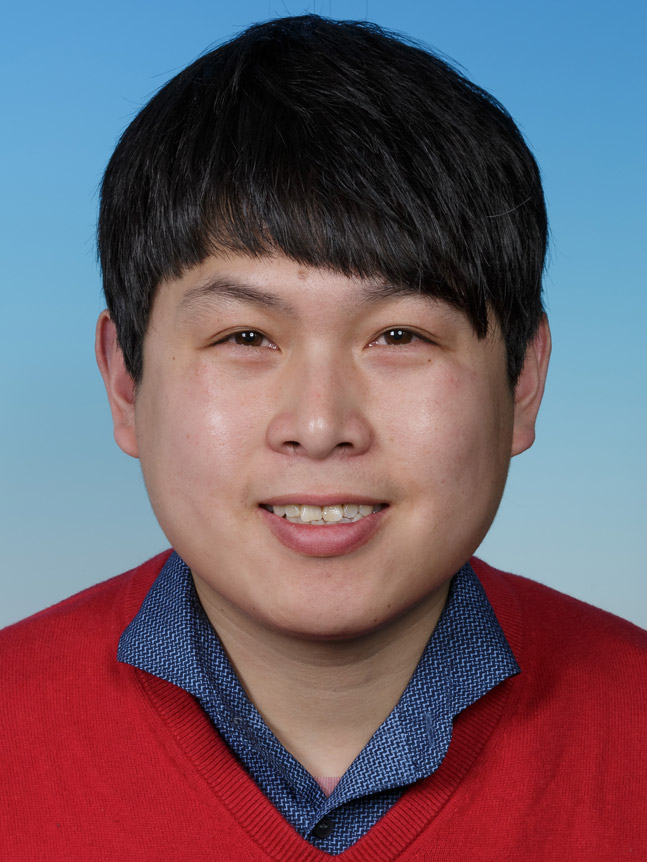
- Details
Heng has just received his PhD in the Niels Bohr Institute, Copenhagen, where he worked in Eugene Polzik's group. During his thesis work, he generated spin-squeezed states of room-temperature atomic ensembles and used them to enhance the sensitivity of a magnetometric measurement. He also demonstrated deterministic continuous variable teleportation between two ensembles. In our group, he will be working in the quantum simulation team at the IQOQI.
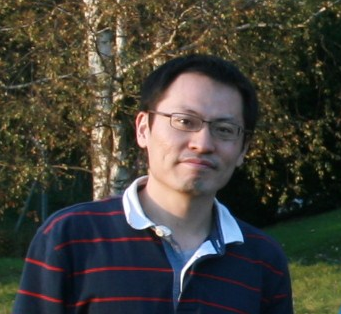
- Details
Moonjoo Lee has received a Lise Meitner fellowship for his proposal "Looking inside an optical cavity with trapped ions"!
Congratulations, Moonjoo!
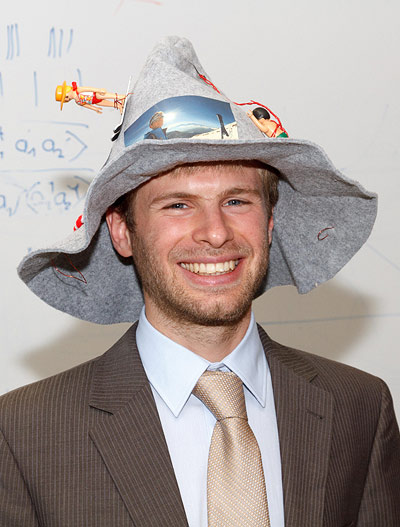
- Details
Felicitaciones Bernardo!
Thesis title: "Two ions coupled to an optical cavity: from an enhanced quantum computer interface towards distributed quantum computing".
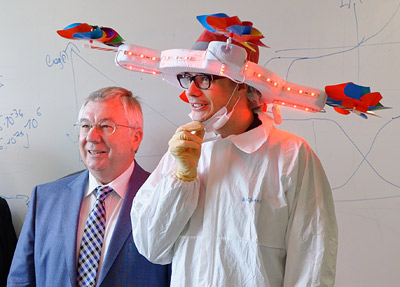
- Details
Congratulations Michi!
Thesis title: "Cryogenic surface ion traps".
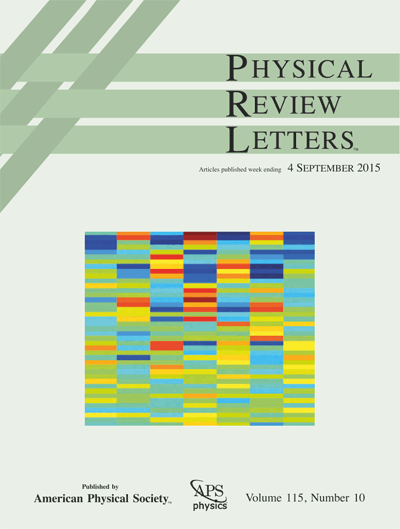
- Details
Magnetic interactions engineered by dressing a string of trapped ions with laser light can be described in terms of interacting quasiparticles. Our paper describing many-body Ramsey spectroscopy of these quasiparticles has been published by Physical Review Letters.
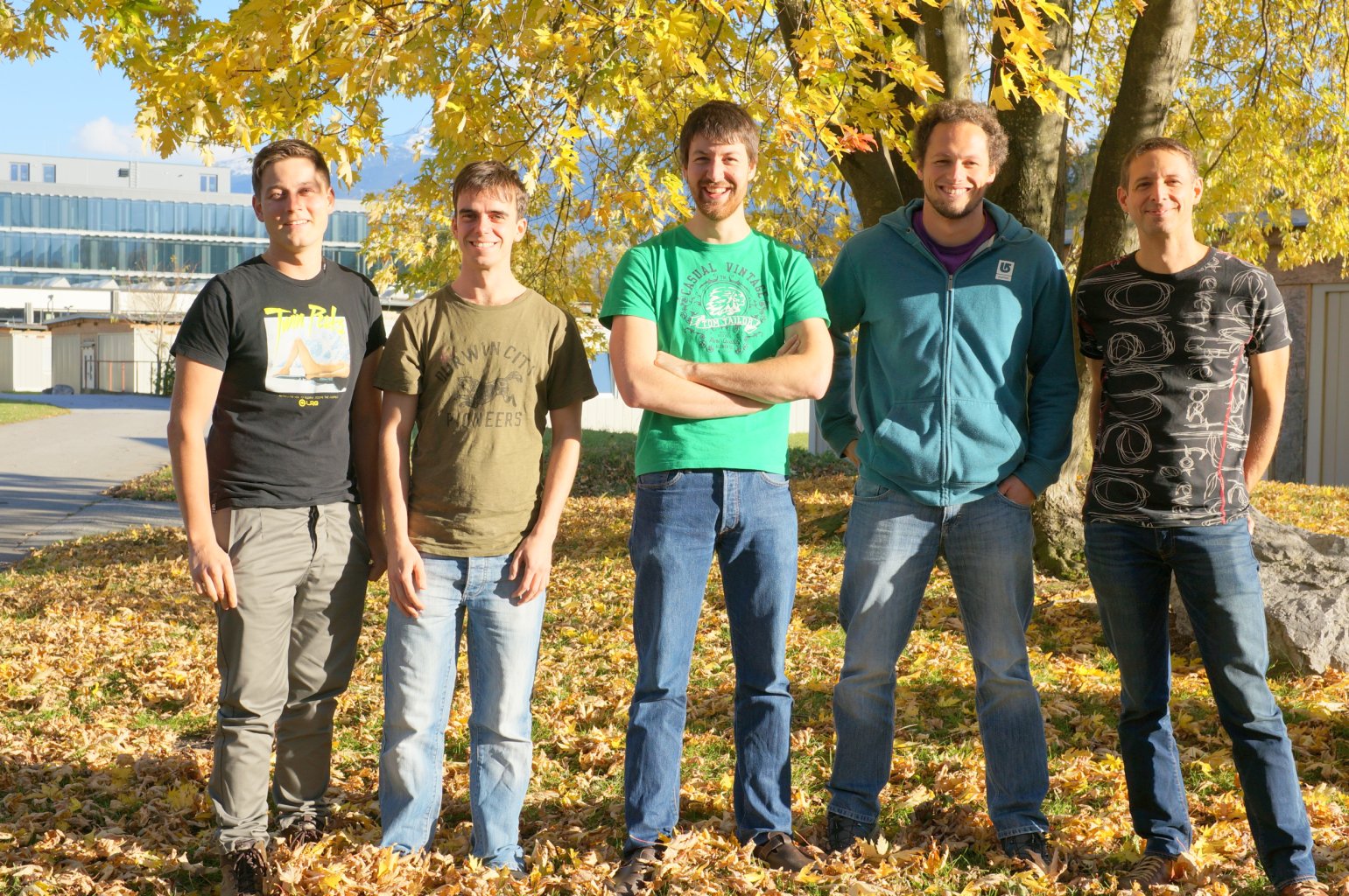
- Details
The Rydberg Strontium Ions experiment has moved to the University of Stockholm, Sweden.
Farewell!
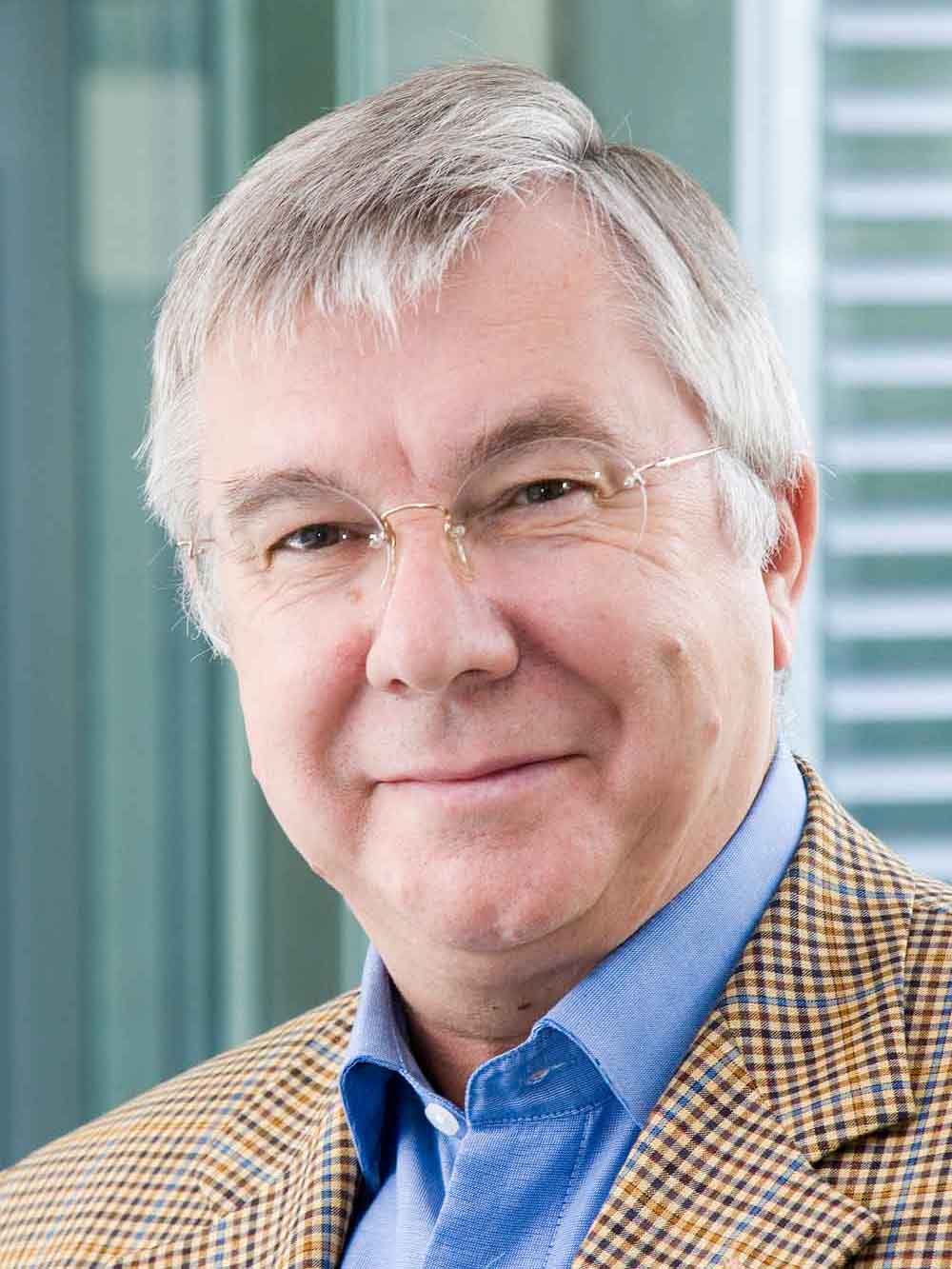
- Details
The 2015 John Stewart Bell Prize for Research on Fundamental Issues in Quantum Mechanics and Their Applications has been awarded to Prof. Rainer Blatt. More information here.
Congratulations!
